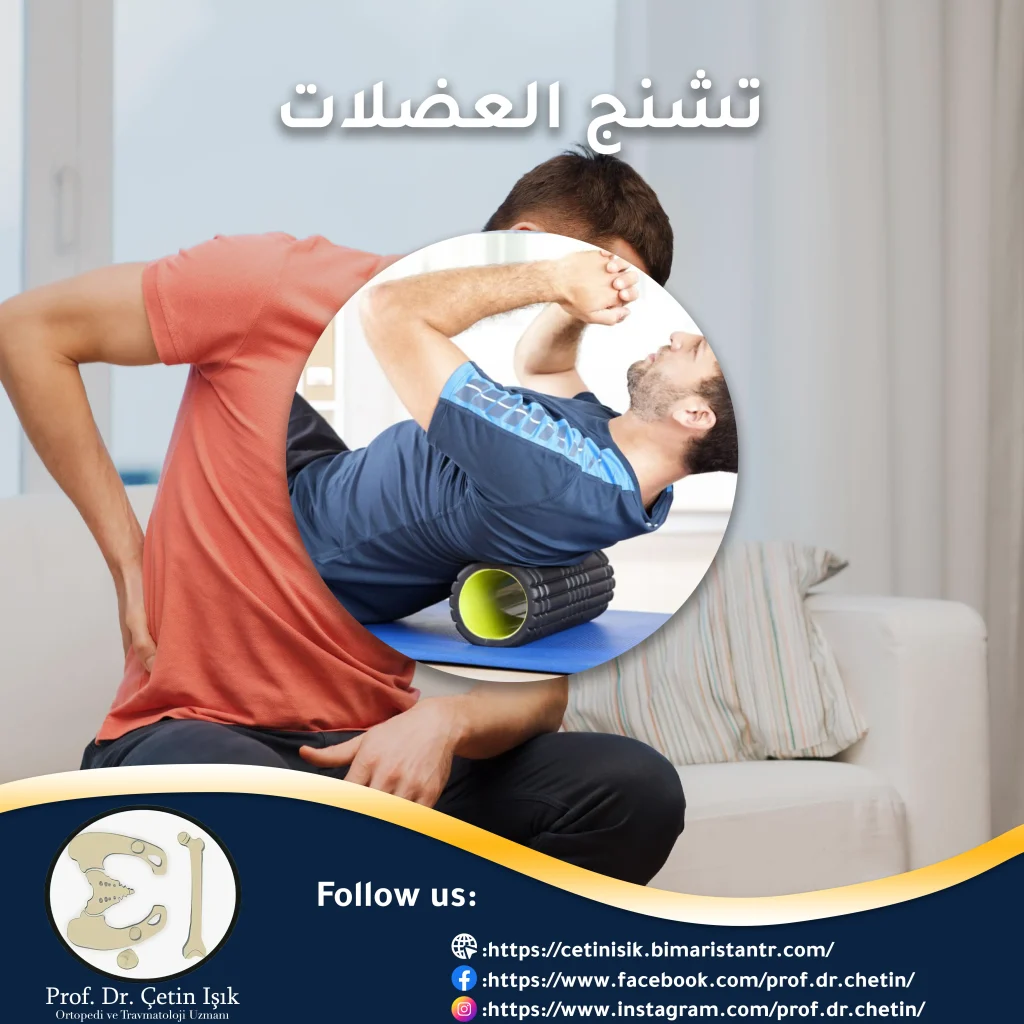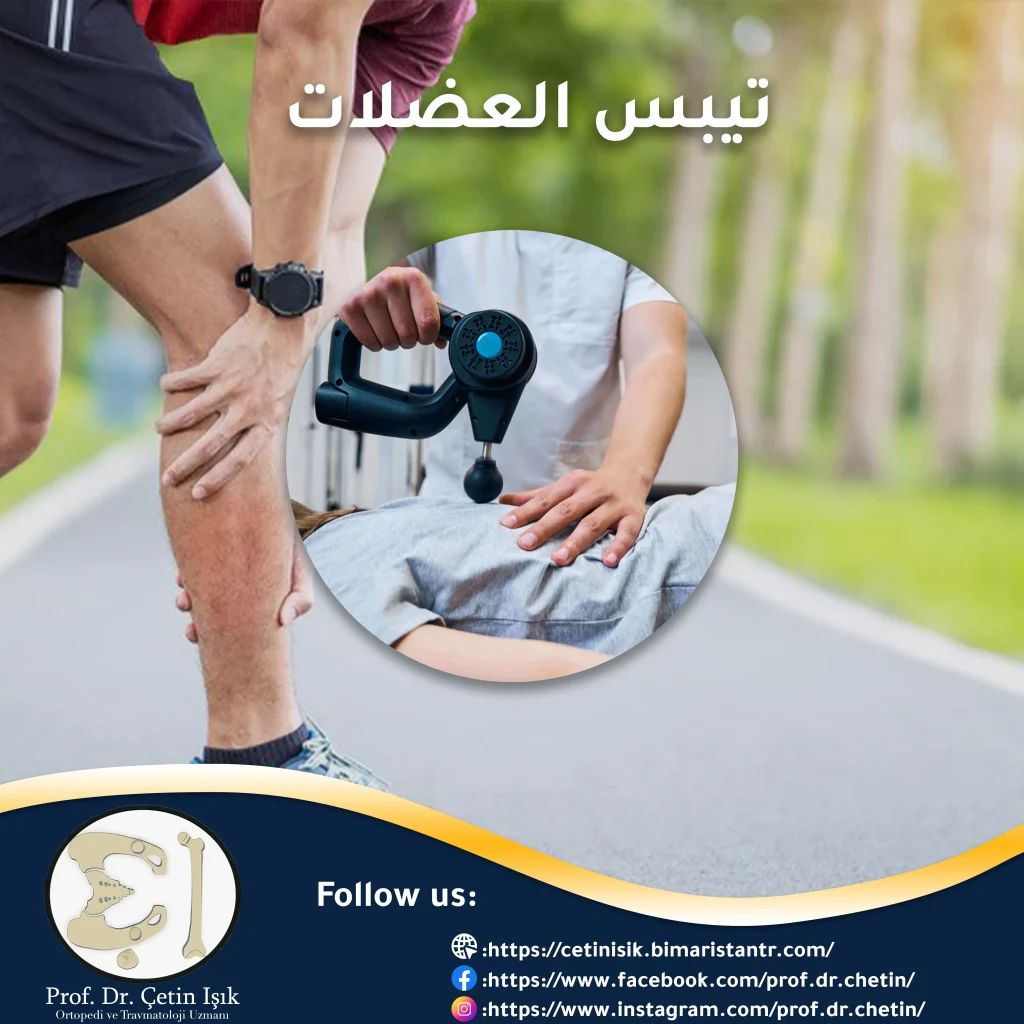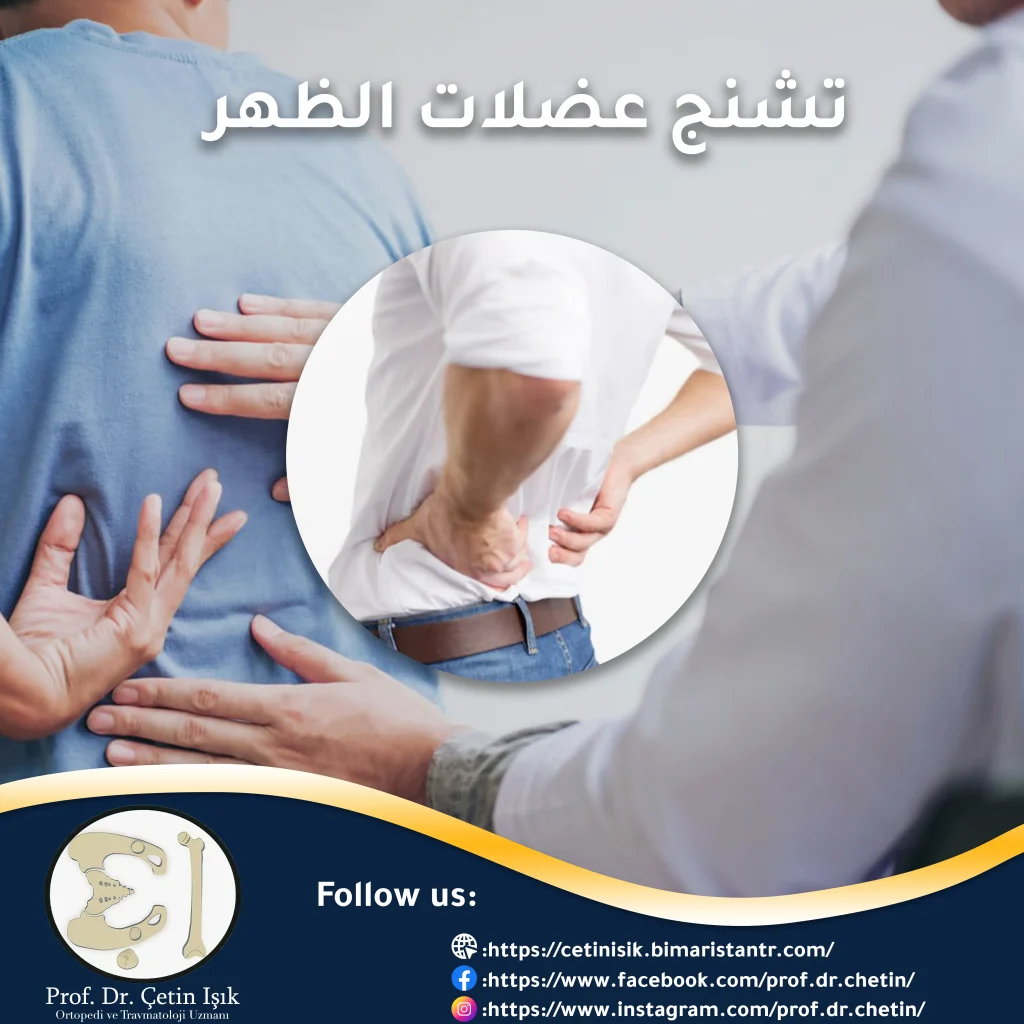Muscle spasm is a sudden and painful muscle contraction resulting from many causes, the most important of which is stress, which leads to the inability to use the spastic muscles for a short period, which affects the patient’s activity.
Muscle spasm is a very common condition, especially in the muscles of the back, arm, and thigh. Muscle spasms may be caused by medical conditions such as neurological diseases and thyroid diseases. Learn with us about muscle spasm, its causes, and ways to prevent it.
What is a muscle spasm?
Muscle spasm is the occurrence of a sudden, painful, involuntary muscle contraction or tension that cannot be controlled, causing the inability to use the spasmed muscle during the spasm.
Muscle spasms are considered normal and very common and can affect part of a muscle or involve all of the muscle or several muscles together. They can also occur in any muscle of the body, the most common of which are: Back muscle spasm And the arm, thigh and neck.
Muscle spasms can happen to anyone at any time, but some people are more susceptible to muscle spasms, such as athletes, pregnant women, the elderly, and the obese. The spasms are painful as a result of blood vessel compression and lack of muscle ischemia and nutrition.
Most cases of muscle spasms are considered normal and do not cause concern, especially those that occur during sleep, but in some cases spasms can indicate an underlying neurological condition affecting the brain and spinal cord or diseases of the thyroid gland.
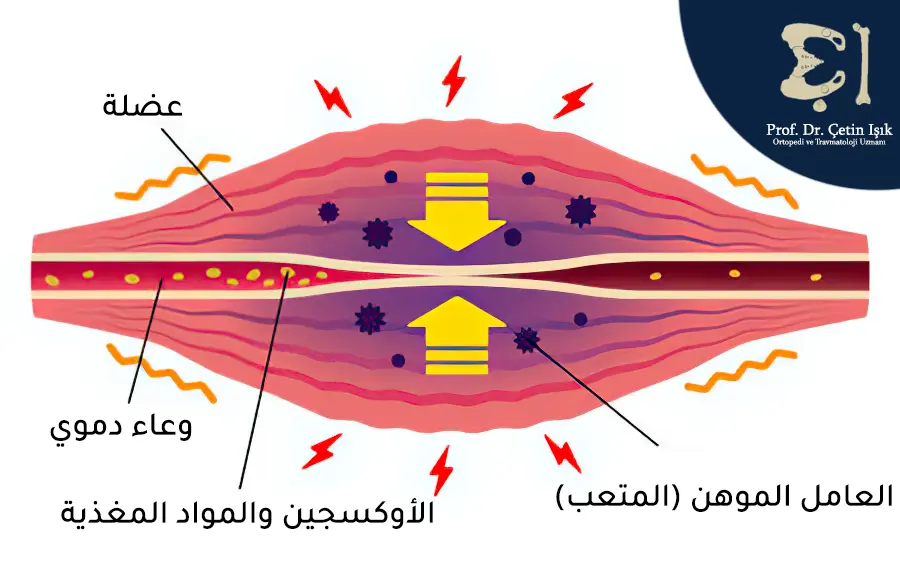
Causes of muscle spasm
There are a variety of reasons why muscle spasms may occur, including the following:
- Muscle fatigue due to overuse or staying in the same position for long periods, such as sleeping in an inappropriate position
- Dehydration and electrolyte imbalance (sodium, calcium, and magnesium), which prevent nutrients from reaching the muscles
- Not warming up well before strenuous exercise
- Professions that require working in hot environments (such as construction and factory workers)
- Atherosclerosis (narrowing of the arteries), which affects blood flow to the extremities, thus depriving them of oxygen and nutrients, which may cause muscle spasms.
- Nerve compression in the lumbar spinal cord (herniated disc) leading to leg muscle spasm that worsens when walking long distances
- Some neurological diseases such as multiple sclerosis (MS) and amyotrophic lateral sclerosis (ALS) may cause muscle spasms
- Thyroid diseases such as hypothyroidism myopathy (HM), which causes muscle spasms after exercise
- Medications such as diuretics and antidepressants
- Excessive caffeine intake may cause cramps anywhere in the body
- Vitamin D deficiency
- Anxiety and psychological stress may cause muscle tension
Read more about Treatment of herniated disc (disc) and its causes
Symptoms of muscle spasm
In mild convulsions, the patient feels numerous contractions in the spastic muscle, while in severe convulsions, the patient feels the muscle turning into a hard, stiff mass with the inability to move the muscle.
Other symptoms may appear if the muscle spasms are caused by a neurological condition, such as:
- Myalgia
- Muscle weakness
- Paralysis and numbness
- Coordination issues
- Vision problems
- Sleep disorders
Diagnosis of muscle spasm
Muscle spasm is usually diagnosed through the clinical history, which includes when the spasms began to appear, their duration and frequency, and whether the spasms occur continuously in the same muscles or in other muscles, in addition to knowing the symptoms that accompany the spasms and conducting a physical examination of the patient.
Tests can be used to diagnose the underlying causes of these spasms, such as blood tests (evaluation of electrolytes) and radiological methods such as ultrasound, magnetic resonance imaging (MRI), and computed tomography (CT-scan).
Electromyography (EMG), which tests the muscle's response to electrical stimulation, may also be performed to rule out any nervous system disorders, including multiple sclerosis (MS) and amyotrophic lateral sclerosis (ALS), that can cause muscle spasms.

Treatment of muscle spasm
Muscle spasms usually do not require treatment because they go away on their own within a few seconds or minutes. The patient can also relieve spasms by stopping the activity that causes these spasms, in addition to drinking enough water to treat cases of dehydration that lead to spasms.
In some cases, it may be necessary to resort to therapeutic options and take muscle spasm medications in the medical conditions that cause these spasms in order to stop muscle spasms or limit their occurrence. Muscle strain treatment options include the following:
- Stretch the affected area and massage it with your hands or a massage roller
- Use hot and cold compresses to relax muscles and relieve pain
- Take over-the-counter pain relievers such as nonsteroidal anti-inflammatory drugs (NSAIDs)
- Take prescription muscle relaxants (baclofen) in cases of severe and painful muscle spasms
- Physical therapy through stretching exercises and modern methods such as ultrasound therapy
- Specific treatment of diseases causing convulsions such as thyroid diseases (beta blockers)
- Botulinum toxin (Botox) can be injected into a specific muscle to paralyze it and relieve muscle spasm caused by dystonia such as blepharospasm.
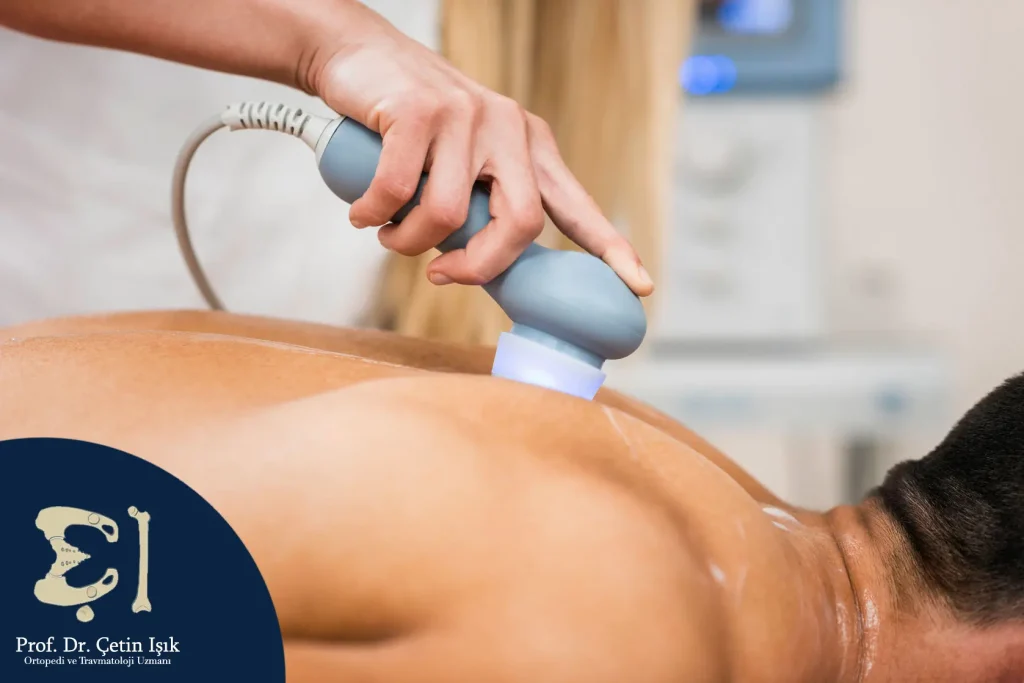
Preventing muscle spasm
It is difficult to prevent muscle spasms because they can occur at any time and cannot be predicted, but the possibility of their occurrence and recurrence can be reduced and their risks reduced by following the following tips:
- Drink enough water
- Do flexibility exercises regularly
- Work to improve physical fitness
- Stretch your muscles regularly
- Avoid exercising in extreme temperatures
- Maintain a healthy weight
- Avoid medications that may cause muscle spasms as a side effect
Muscle spasm is a sudden and painful muscle contraction that has many causes. It is a very common condition that resolves on its own in most cases, but its occurrence may indicate the presence of diseases that may be serious and require treatment.
Sources:
Common questions
Muscle spasm occurs in the body due to many reasons, including muscle fatigue, dehydration, electrolyte imbalance, not warming up well before strenuous exercise, some diseases such as atherosclerosis (narrowing of the arteries), some neurological diseases, thyroid diseases, taking some medications such as diuretics and antidepressants, and vitamin D deficiency (Vit D). D) and anxiety.
Usually the tension goes away on its own, but in some cases, hot and cold compresses can be used, and the affected area can be stretched and massaged with the hands or a massage roller.
Vitamin D deficiency may cause muscle cramps.
Emotional stress can cause muscle spasms.
The best treatment for muscle cramps involves drinking enough water and exercising regularly.


